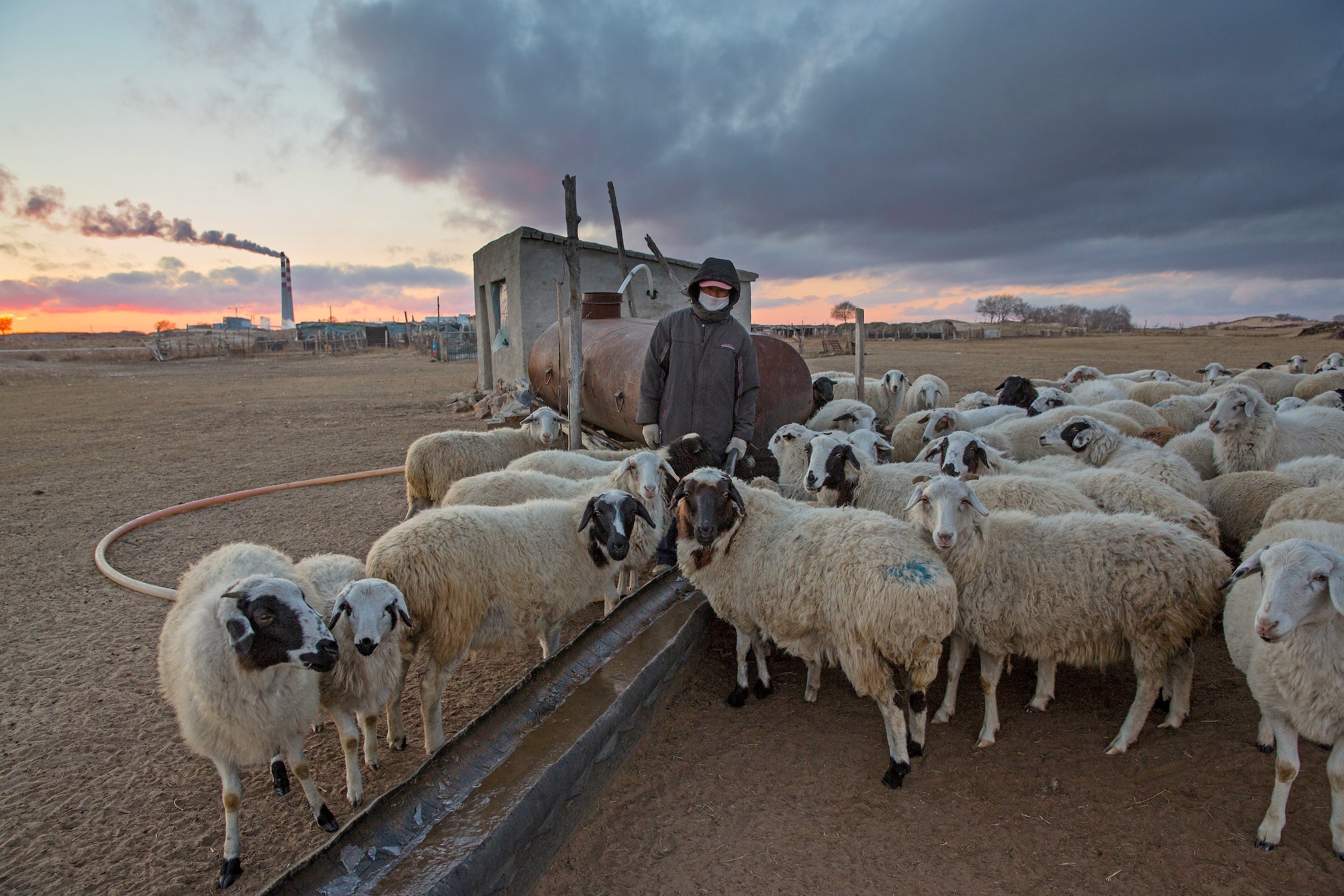During its provincial Two Sessions meetings early this year, the major coal-producing province of Shanxi announced targets for a just transition. It said social issues must be properly managed during the shift to a green and low-carbon society to avoid job losses or harming the interests of vulnerable populations.
We think Shanxi’s stance is of huge importance for China’s response to climate change and its low-carbon transition. Specific numbers aren’t yet available, but some have and will lose out during the energy transition. Take Chinese coal workers for example. A joint study by Peking University and the UN Development Programme revealed 1.4 million jobs were lost in the sector between 2016 and 2021. It predicted that the next ten years will see another 1.3 million coal jobs lost, rising to 2.35 million over the next 30 years.
And this is in a single sector. As the energy transition continues, and production of China’s “three new” commodities – solar cells, lithium batteries and electric vehicles – grows, more people will be affected by the industrial restructuring required. To meet China’s targets of peaking its carbon emissions and then reaching net zero, we believe that study into how to make sure this transition is just must happen first. This will enable the formulation of appropriate policy measures; researching new low-carbon tech will not be enough on its own.
Overlooked views
“Just transition” means shifting from a carbon-intensive to a greener economy in a fair and inclusive manner. In the context of low-carbon development, it means ensuring people’s interests are not harmed, insofar as that is possible. When harm is unavoidable – for example when a carbon-intensive factory must close – compensation should be paid to those who lose out.
A just transition would benefit a huge number of people, but the term is rarely used in China’s carbon discourse and there is no large-scale accounting of what is needed. To date, most uses of the term in the official media are in the context of calling for western countries to take the interests of developing nations into account. It is rare to see research looking at low-carbon, new-energy and climate-change issues through the lens of a just transition.
Given this, how, over the past two decades, has China been able to make so much progress on its low-carbon development without social disaffection?
First, decarbonisation has so far taken a “big cake” approach, ensuring there is plenty of benefit to go around: workers at a closing factory might protest, but they do so over compensation measures rather than the closure itself; and they are, generally, looked after via measures such as retraining for the service sector. As a result, there has been little public opposition to decarbonisation.
During periods of economic growth, those who lose their jobs can often find alternative employment in other expanding sectors. In the late 1990s, then-premier Zhu Rongji launched reforms of state-owned enterprises, leading to tens of millions of workers being laid off. Yet rapid economic growth allowed China to weather that crisis. In comparison, measures to hit peak carbon and, earlier, save power and reduce emissions, have had an impact. But this has been concentrated in only one sector, energy, and so has been more easily accepted.
Also, while it might not use the term “just transition”, China implements the core of the idea – compensation for those losing out – under the banner of “common prosperity” or regional revitalisation policies. For example, in 2016 the central government spent RMB 100 billion (USD 13.8 billion) on measures to help 1.8 million workers leaving the coal and steel industries. Those efforts, though, were described as part of an “economic transition” rather than put within a low-carbon or climate framework.
So, for Shanxi to take the lead and set just-transition targets as part of an annual agenda-setting event indicates the issue is one China must face. The lack of just transition discussions has not, so far, hampered progress towards peak carbon. But achieving China’s goal of carbon neutrality by 2060 will be tougher. The topic cannot be avoided.
Overlooked costs
We believe that China’s aim to peak its carbon emissions by 2030 is achievable with more use of clean energy and other big cake measures. But carbon neutrality will impact every part of society. As a whole, the energy transition will affect far more than those who work in the energy sector.
As we will see, those who live near sites manufacturing new-energy products are suffering from associated environmental damage. Moreover, in the north-west, a lot of renewable generating capacity has been installed, but as economies here are less well-developed, the local people are at risk from over-reliance on a single sector. Meanwhile, government officials are evaluated on their success in getting new projects started. They rush to attract investors and rarely consider things from the point of view of local people, such as compensation for their losses.
During our visit to the Huiteng Xile Grasslands in Ulanqab, Inner Mongolia, we saw how many former herders had switched to working in tourism, as the grasslands have been given over to wind turbines. This has meant less reliable incomes. The herders complain they haven’t been given enough compensation for the disruption caused by the construction and operation of the wind farms.
Those with higher incomes can afford to stick to their green principlesJia Hepeng, Pan Yeheng
Loss of incomes isn’t the only problem. Local people in under-developed regions are also suffering from the pollution caused by the manufacturing and recycling of new-energy products. Some of the earlier wind turbines and solar panels installed in China have already reached the end of their useful life. But high recycling costs mean cheaper, informal recycling operations have sprung up in poorer areas, with health consequences for the local people. A 2023 China Central Television news report on villagers in Xinxiang, Henan, found solar panels were being burned at scale as part of the recycling process – polluting both air and water.
Meanwhile, research has found that any negative effects of the low-carbon transition on the welfare of households will be felt more in rural than urban areas.
This is partly because urban incomes in China are 2.5 times higher. Stricter manufacturing and materials requirements make green products more expensive than the mainstream alternatives. Those with higher incomes can afford to stick to their green principles and pay the extra, while those in less-developed regions struggle to pay the extra costs.
The future move to carbon neutrality will mean that most consumers will have to buy more expensive, low-carbon products. These higher living costs will only make lives harder for lower-income groups already suffering more from pollution.
This is why it is so urgent to discuss a just transition.
Policy priorities
In fact, Shanxi was already working on its just transition targets before the official announcement, launching China’s first just transition loan.
In August last year, the municipal government of Datong city, Shanxi, joined with the Postal Saving Bank of China to lend Jinneng Holding Coal Group RMB 100 million (USD 13.8 million). Jinneng is a coal and coal power firm in the process of making a low-carbon transition, including by manufacturing solar panels. Some of the funds will be used for retraining employees and improving their skills and employability to “bring about a just transition for labour.”
That is an example of a local government exploring routes to a just transition that meet local needs. We believe that a just transition must be nationwide, and so more research is needed. Currently, this process is at an early stage. Last year, the World Resources Institute and Peking University launched a study into international just transition experiences and lessons, with the findings to be published soon.
Our own research has found public support for China’s environmental and low-carbon policies is mainly down to a tendency to accept national policies. But achieving carbon neutrality will mean huge changes to social and economic interests, and the public must be able to see personal benefit from the process. That means giving a higher priority to a just transition.









